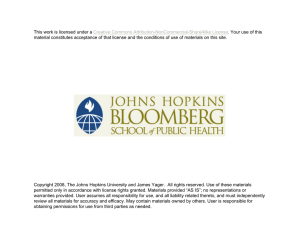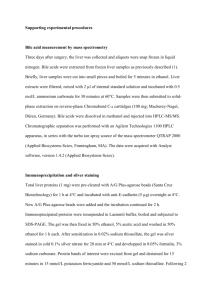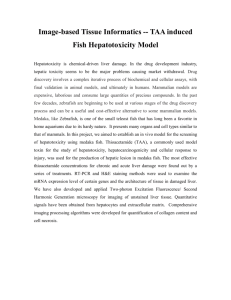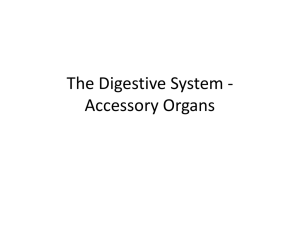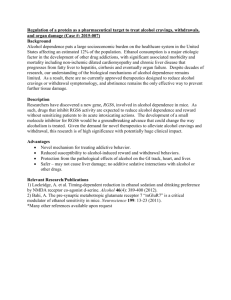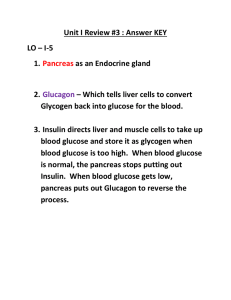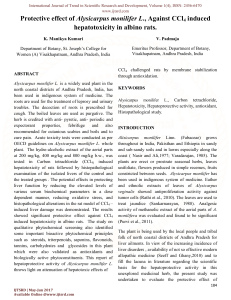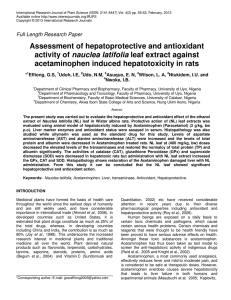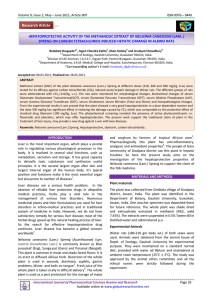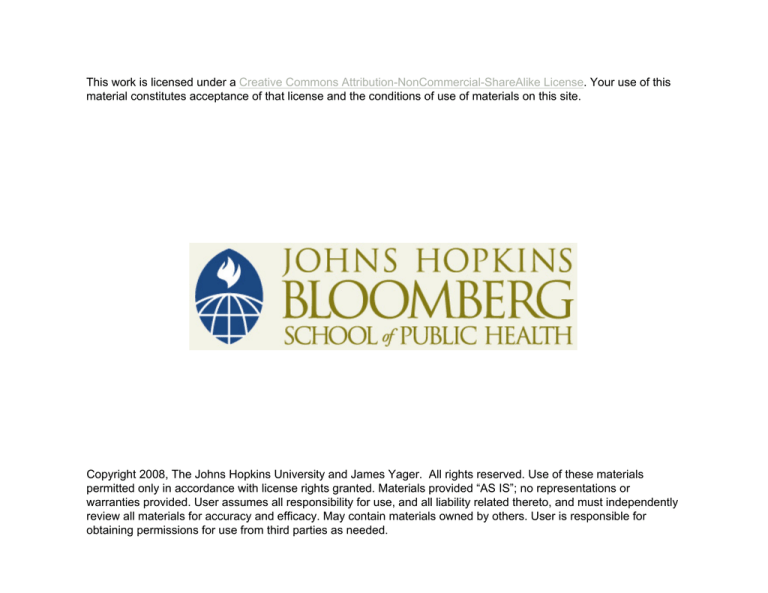
This work is licensed under a Creative Commons Attribution-NonCommercial-ShareAlike License. Your use of this
material constitutes acceptance of that license and the conditions of use of materials on this site.
Copyright 2008, The Johns Hopkins University and James Yager. All rights reserved. Use of these materials
permitted only in accordance with license rights granted. Materials provided “AS IS”; no representations or
warranties provided. User assumes all responsibility for use, and all liability related thereto, and must independently
review all materials for accuracy and efficacy. May contain materials owned by others. User is responsible for
obtaining permissions for use from third parties as needed.
Section B
Liver: Functions, Injury, Detection,
and Response
Liver Functions
1. Biotransformation of xenobiotics, endogenous
compounds, including hormones
2. Carbohydrate metabolism and storage
3. Synthesis of blood proteins (albumin, lipoproteins)
4. Urea formation
5. Fat metabolism
6. Bile formation
Zonal Localization of Metabolic Processes
Predominantly Acinar Zone
1 (Periportal)
Predominantly Acinar
Zone 3 (Centrilobular)
Oxidative energy metabolism
Glucose uptake
Fatty acid oxidation
Glycolysis
Respiratory chain
Glycogen synthesis from
glucose
Glucose release
Glycogen degradation to
lactate
Distributed Equally
Metabolism of Ethanol
Acetaldehyde
Glucose synthesis from lactate Ketogenesis
Amino acid utilization
Lipogenesis including bile acid
synthesis
Amino acid conversion to
glucose
Biotransformation
Amino acid degradation
Urea formation
Secretion
Bile acids
Bilirubin
Modified from Jungermann (1986); Thurman and Kaufman (1985) Traber et al (1988)
Hepatotoxicity
Type of Injury/Damage
Representative Toxins
Fatty Liver (Steatosis)
CCl4, ethanol, fialuridine (anti-viral),
valproic acid (anti-epilectic)
Hepatocyte Necrosis (cell death)
acetaminophen, ethanol, chloroform
Canalicular cholestasis
estrogens, chlorpromazine
Bile duct damage
amoxicilin, α-napthyl-isothiocyanate
(cholestatic chemical)
Sinusoidal damage
anabolic steroids, cyclophosphamide
Fibrosis & cirrhosis
ethanol, vinyl chloride, vitamin A
Tumors
aflatoxin, vinyl chloride, synthetic
estrogens, androgens
Liver Steatosis
Histological section of a murine liver showing severe steatosis. The clear vacuoles would
have contained lipid in the living cells, however the histological fixation caused it to be
dissolved and hence only empty spaces remain. Source: NIEHS, NIH. Public Domain.
Site-specific Hepatotoxicity
Site
Toxicant
Mechanism
Zone 1
Fe overload
Preferential uptake, high O2
allyl alcohol
High O2 (oxidative bioactivation)
CCl4
P450-dependent bioactivation
acetaminophen
P450-dependent bioactivation
and lower GSH
ethanol
Lower O2 and bioactivation/detox.
imbalance
Zone 3
Zone 3 Hepatotoxicity: caused
by CCl4, acetaminophen
Necrosis involves the hepatocytes
around the central vein (susceptibility
because of higher quantity of P450
enzymes in Zone 3 (centrilobular area)
Detection of Hepatotoxicity
Endpoints/Biomarkers
Symptoms
• Nausea, vomiting, fatigue, hepatomegaly, jaundice
Histopathology
• Fatty liver, cirrhosis, necrosis, fibrosis,
• Hepatocellular tumors
Blood Tests
• Serum hepatic enzymes – ALT, AST, GGT
• Drug clearance
• Clotting times
• Bilirubin
Response to Xenobiotics and Repair of
Hepatotoxicity
Liver responds to increased workload by
• Hypertrophy (increased cell size)
• Hyperplasia (increased cell number)
Liver has enormous regenerative capacity

